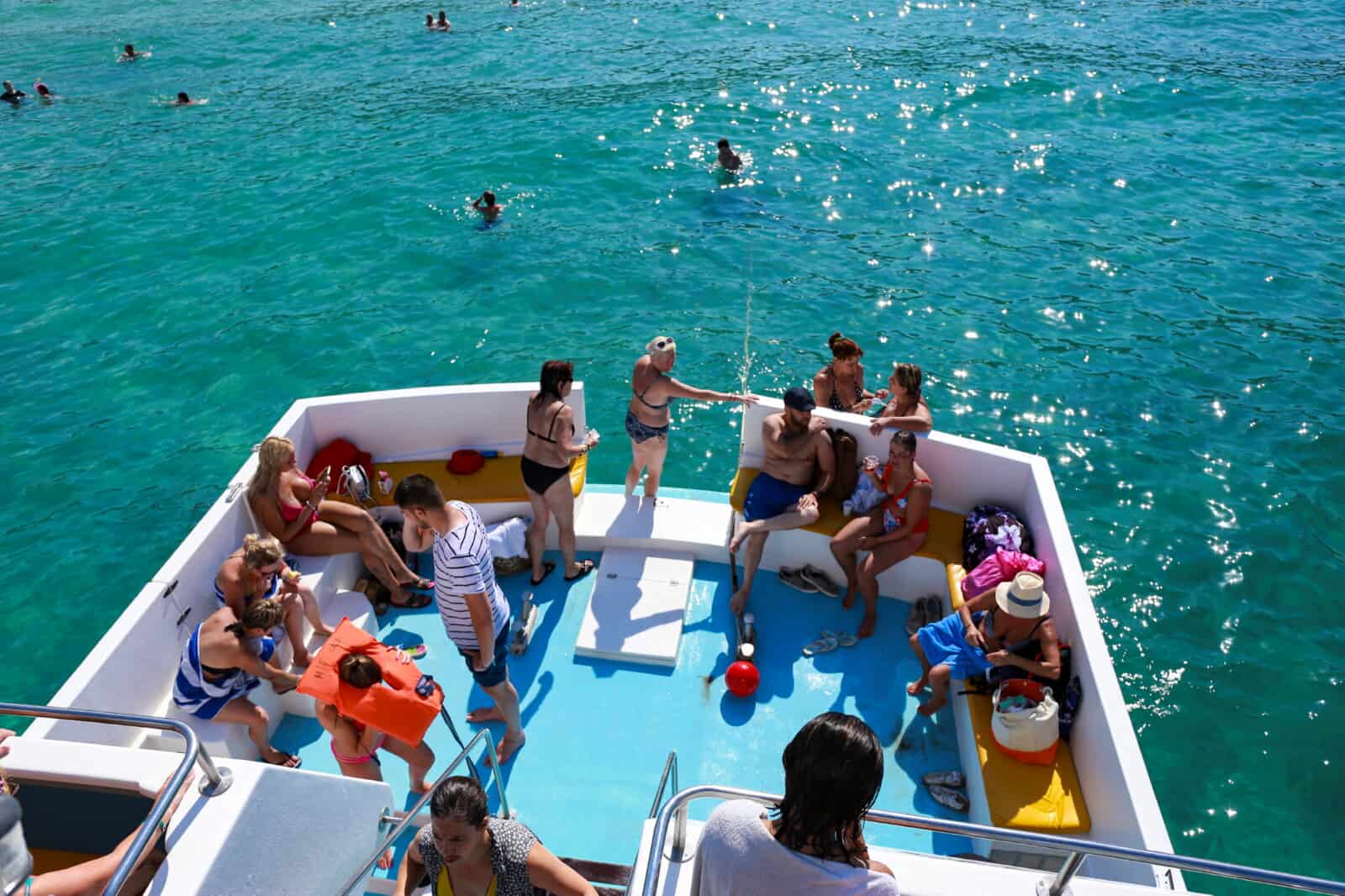He used to sell robes door to door, now he doesn't know what to do with his billions

< p>Spanish billionaire Amancio Ortega has a problem that the world's rich don't usually have. Every year, Mr Zara has to rush to invest the billions of euros he earns from his fashion empire. Otherwise, he will be required to pay a portion of them in taxes, as Spain is the only country in the European Union that applies a regular wealth-tax.
In Galicia, where Ortega is based, the wealth tax amounts to 2.5%. Under Spanish law, wealthy residents of the country are exempt from the politically controversial tax only if the family office managing their wealth invests the money within 12 months in a way that it is considered to generate economic activity.
Thus, investments in mutual funds and cash do not qualify, whereas investments in real estate or listed companies do.
As the success of Zara and Inditex's other fashion chains brings more and more money into the pockets of their founder, Ortega faces a problem that not many people in Spain have, since there are not many people with such a high income level. As Bloomberg notes, just recently, Inditex announced a 29% increase in its dividend, giving the billionaire nearly 2 billion euros.
Ortega's family office, Pontegadea, has a year to invest the money. that's all. Since 2001, when Inditex went public, Pontegadea has had to find investments for $12 billion in dividends.
Consequently, Ortega has purchased well-known properties such as the Haughwout Building in New York, the Southeast Financial Center in Miami, the Royal Bank Plaza in Toronto and The Post Building in London. It also owns commercial and residential properties from Barcelona to Seattle, which it rents out to the likes of Facebook, Amazon, Zara and rival H&M.
This means Ortega is one of the biggest property owners in Europe, with his portfolio worth €15.3 billion in 2021. What is certain is that the Spanish tycoon has come a long way since he started his business in the 1960s.
Ortega, along with his then-wife, a seamstress, began making robes for the home, which he sold door-to-door. The fashion empire she built is based on her practice of spotting new fashion trends in time and bringing the corresponding clothes to the shelves of her stores very quickly.
His company has a capitalization of 92 billion euros and an annual turnover of 32.6 billion euros. He has always avoided publicity, but still has an active role in management decisions both at Inditex, where he maintains an office in the company's women's department, and at Pontegadea.
His 39-year-old daughter, Marta, is non- executive chairman of the group, while his eldest daughter, 54-year-old Sandra, is the richest woman in Spain, due to her stake in Inditex.
As for Ortega himself, he became the second richest man in the world in 2017 when Inditex stock hit an all-time high. Today, he has a fortune of $66 billion and is ranked 15th on the Bloomberg Billionaires Index.
The Birth of a Giant
Amancio Ortega was 13 years old when he started working for a local tailor in La Coruña to supplement the income brought home by his father, who worked on the railway. By 1963 and at the age of 27, he already had his own textile company and soon, together with his then wife Rosalia Mera, they expanded into clothing, selling mainly warm robes, in a city that receives the cold air of the Atlantic Ocean.< /p>
The women of La Coruña were excited and the fashionable underwear designed by Mera became a hit. The first Zara store opened its doors in 1975.
What Ortega did in the following years was to create the fast fashion industry. Zara's renowned system includes nine factories and nine distribution centers in Spain, a distribution center in the Netherlands as well as 2,000 suppliers in Morocco, Turkey, India and China.
The “fashion machine” of Zara takes the trends of the season, the preferences of the buyers, the clothes worn by celebrities when they are photographed on the street, and sends them to the shelves of its stores in a very short time. The company's strategy is to keep inventories low and production times short. Competitors such as H&M and Topshop struggle to match the breadth and depth of its collections, as Zara sells over 450 million different items a year, and that's just in its women's section. Twice a week, new products appear in its stores and on its online shop, giving the impression to the shopper that if they don't move quickly to catch something they liked, they won't find it again.
The result is that today, Zara has a presence in 96 countries, with many of its 1,854 stores located side-by-side with luxury names such as Dior, Louis Vuitton and Chanel.




